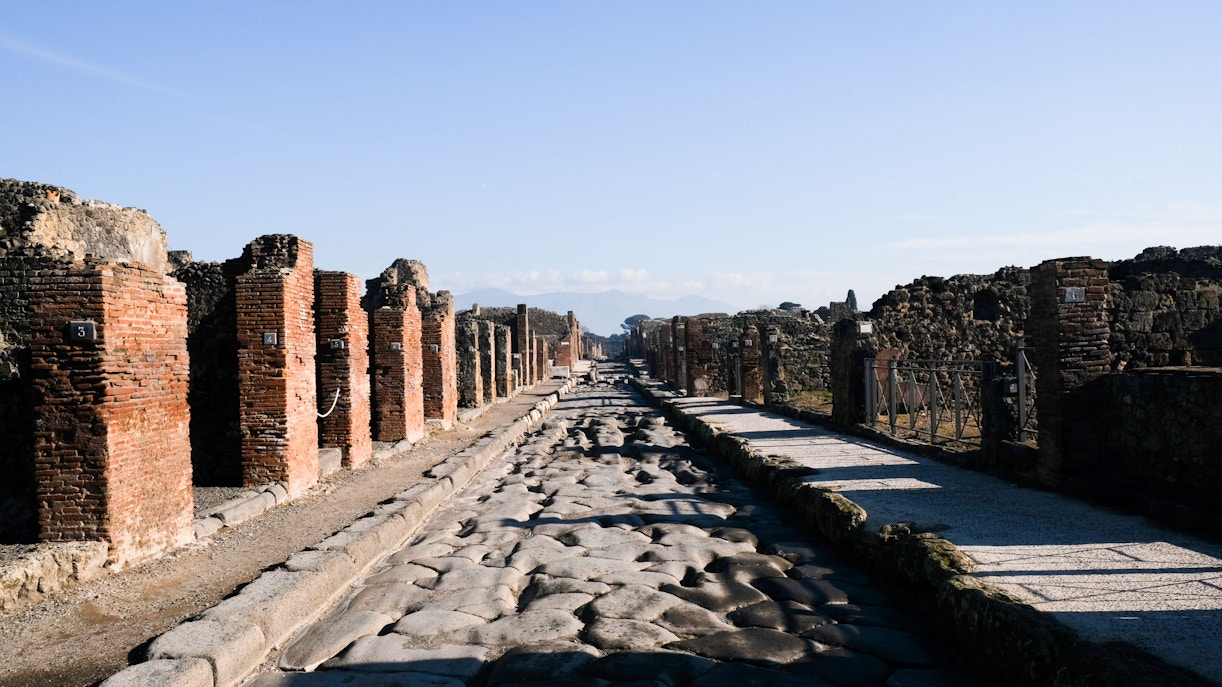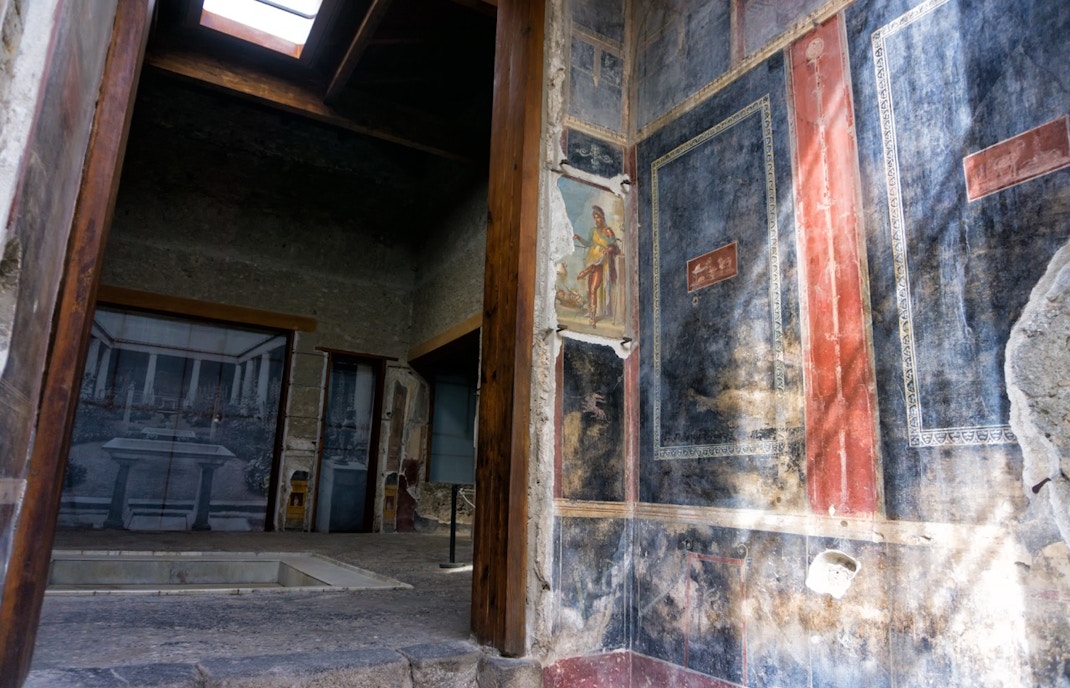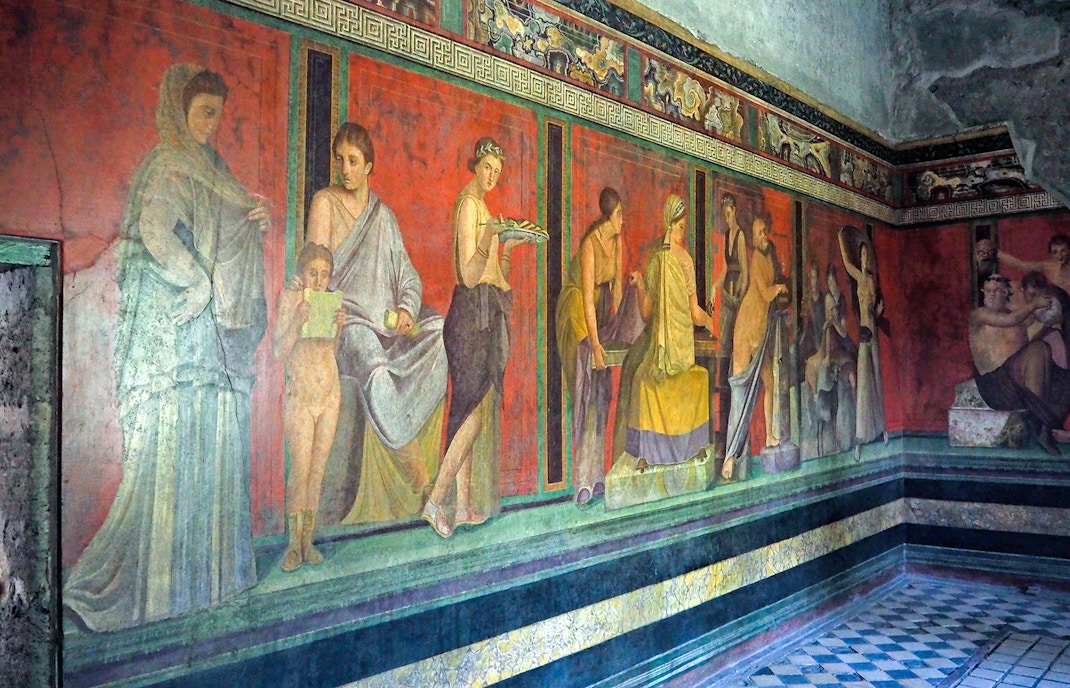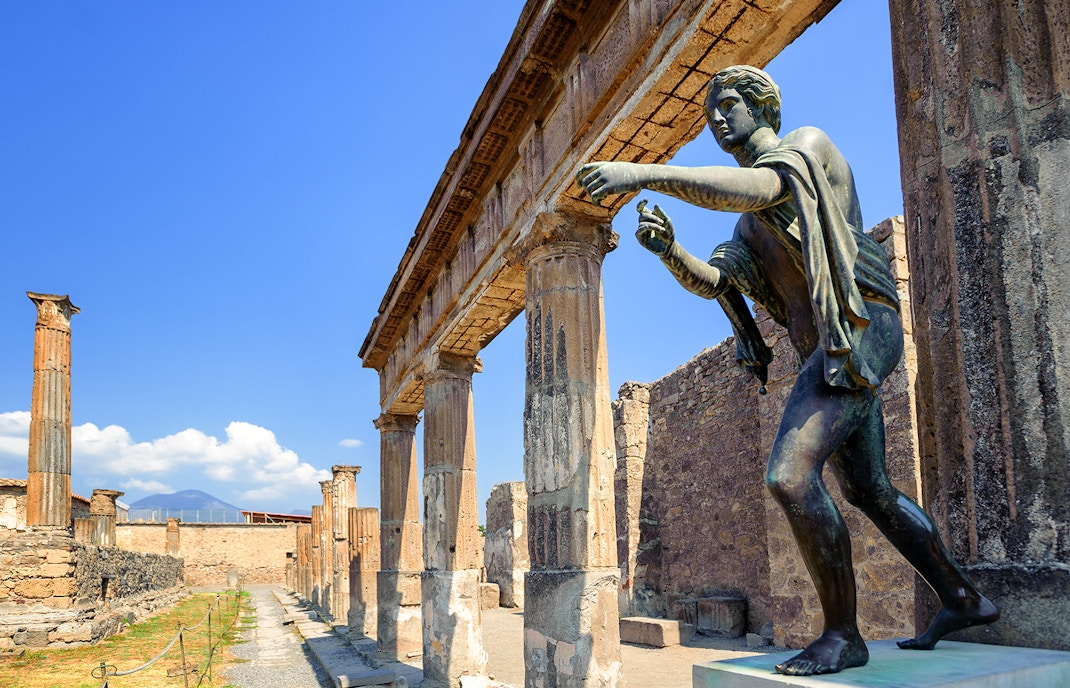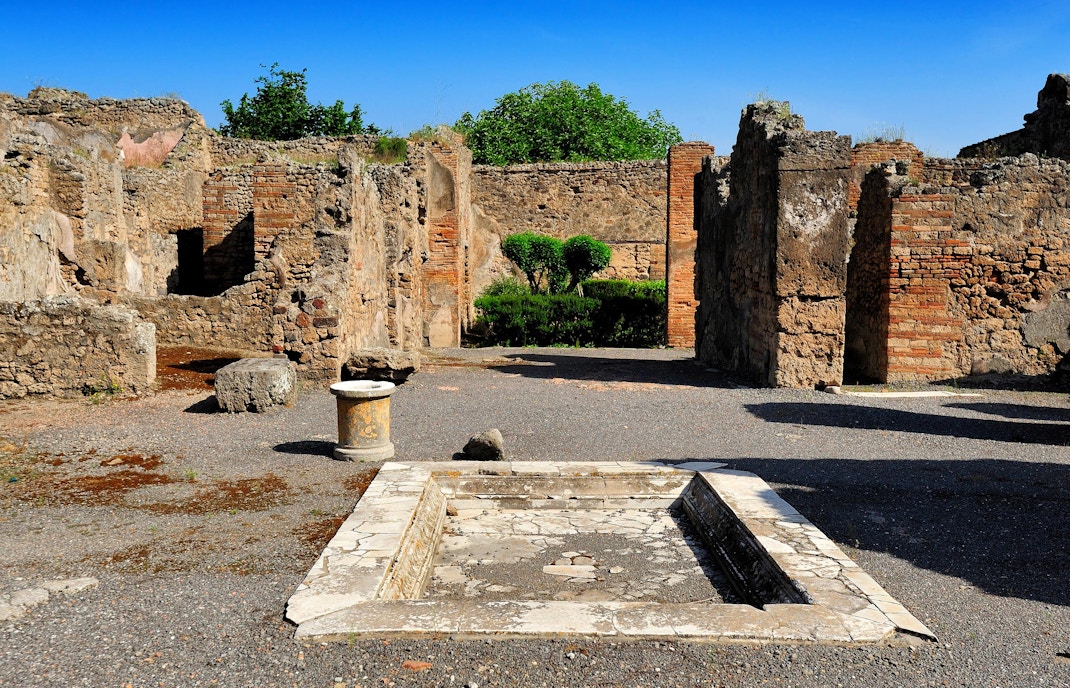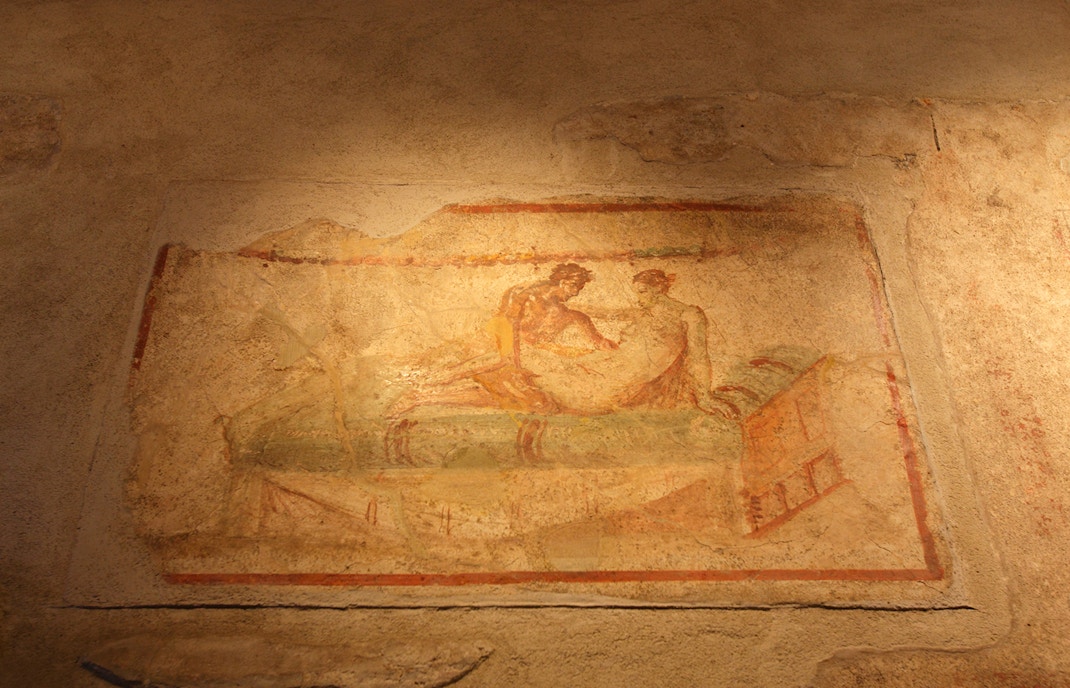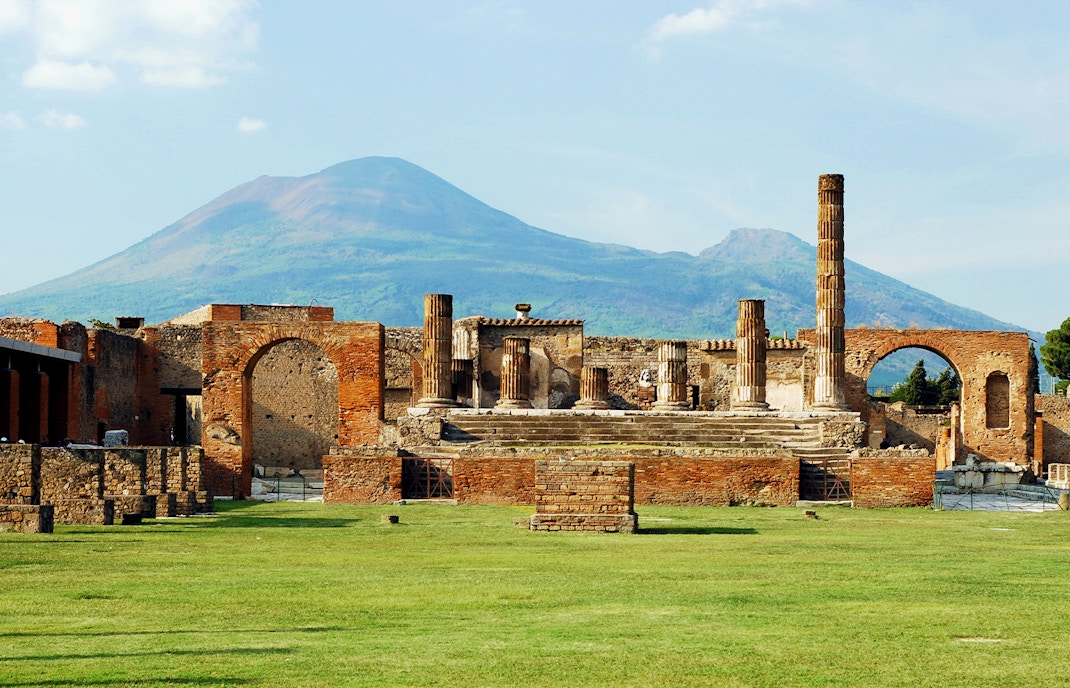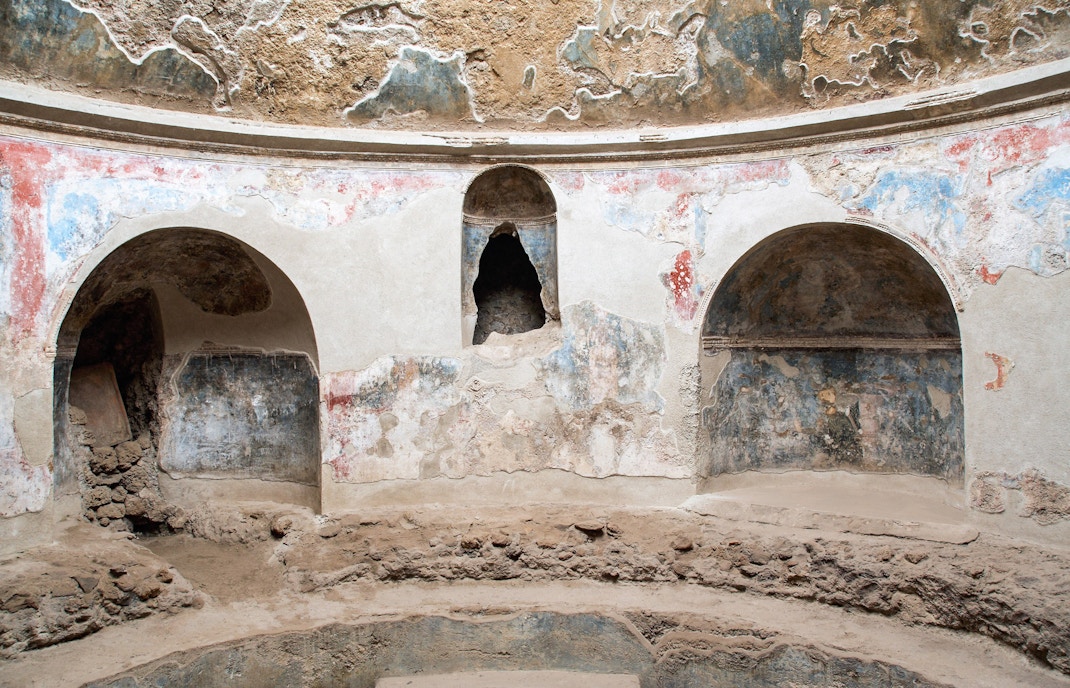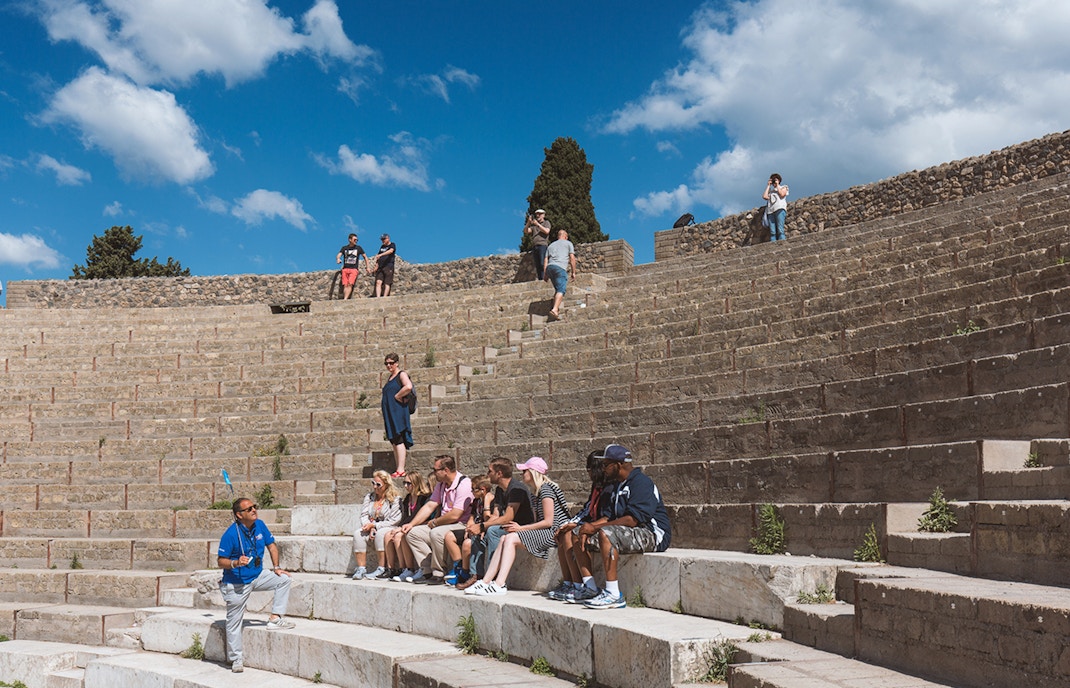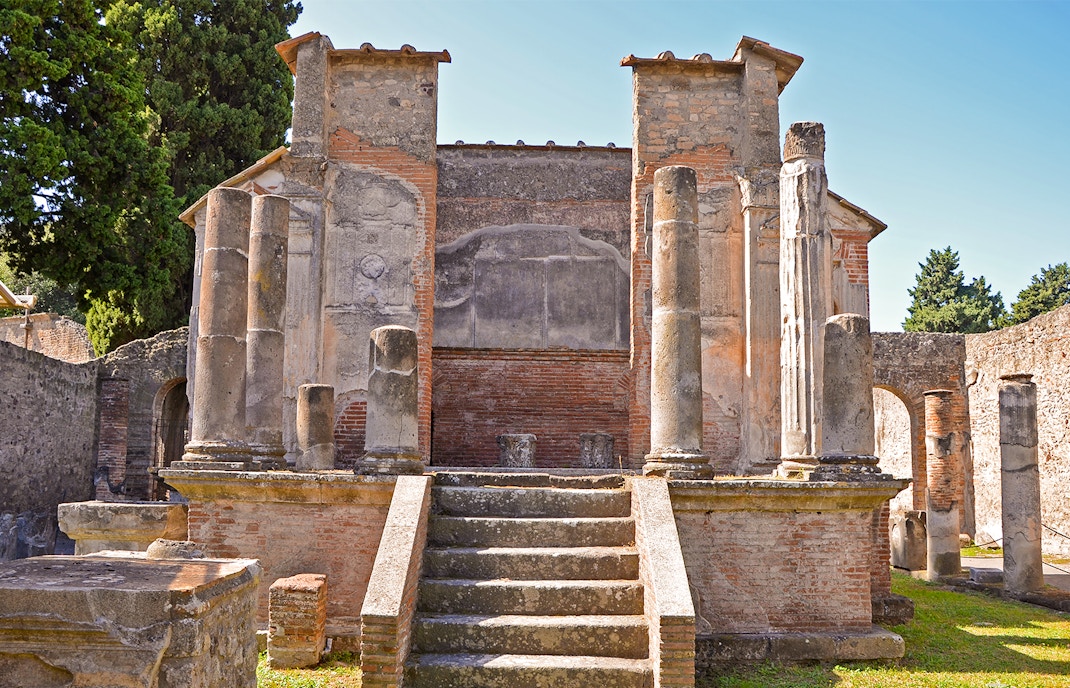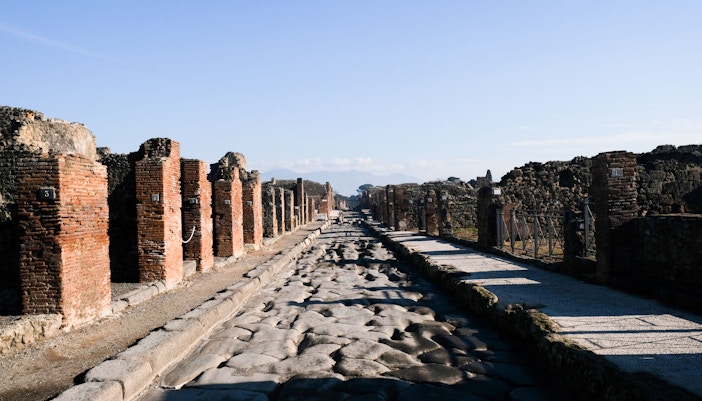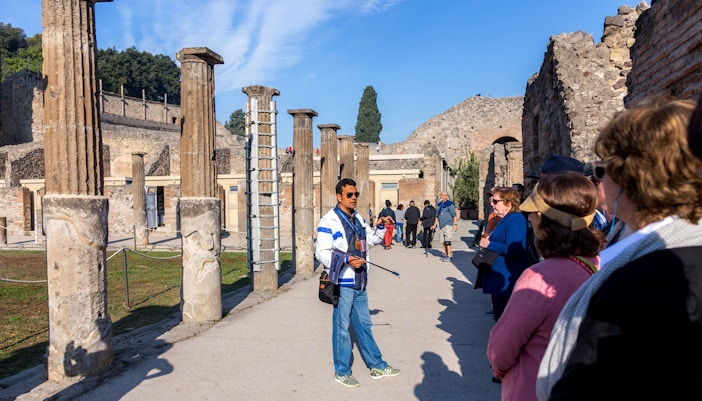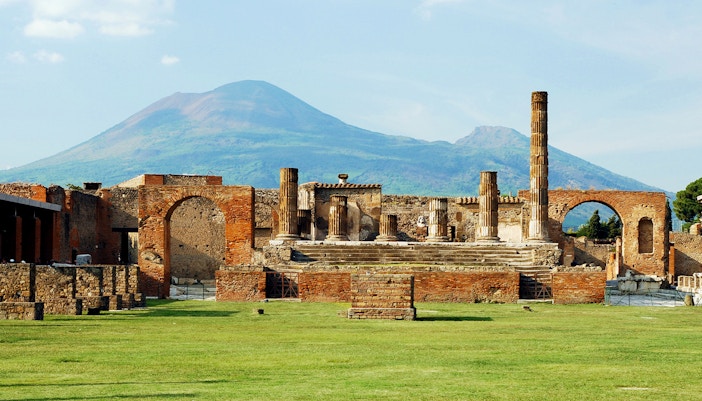History of Pompeii
Pompeii and its surroundings were a nice place that comprised distinguished citizens around the time. There were a lot of residential areas, factories, brothels, and bathhouses which showed a significant populace. But an earthquake forced a great section of people out of the city in 63 CE.
Pompeii continued to have a luxurious lifestyle, but in 79 CE, Mount Vesuvius erupted due to which the volcanic ashes had begun to roll down on Pompeii. A large population of the city went down with the city and few nearby towns being negligible to find.
In 1748, a large group of explorers found the ruins of Pompeii ever since the eruption and it was found that volcanic ash had preserved the town. Three centuries later, the city was excavated and is now a popular tourist destination for people to come and discover.

